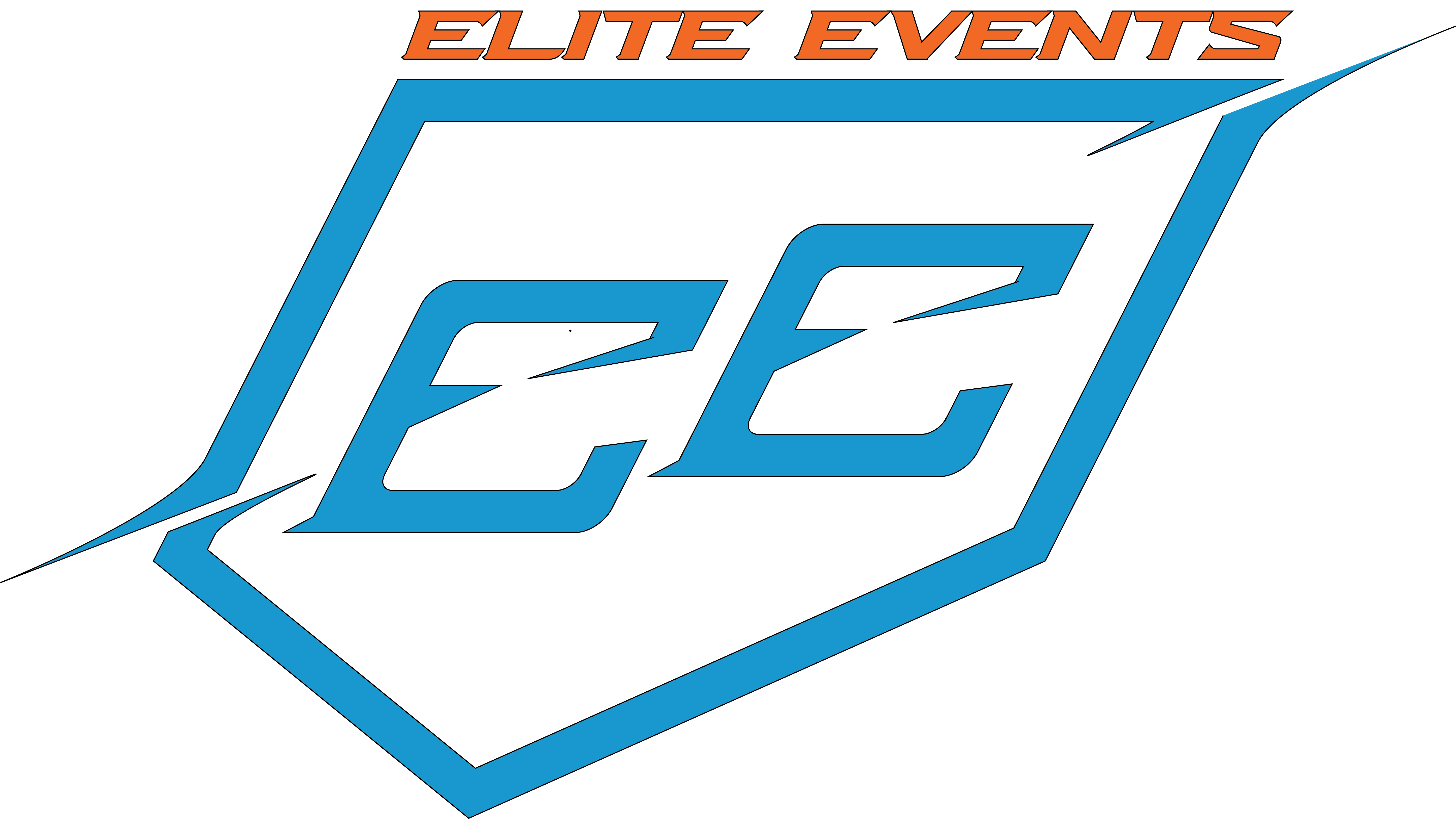Everyone out there who has played, coached, or had kids in sports has heard “you have to have buy-in” if you want to win. Although a bit cliche, it is also a critical ingredient for any coach who wants to succeed. Before we go any further, we are not saying that success equals wins and or losses. Our view of success is when a team or individual shows continuous improvements. The wins come with time, and with that improvement, we just mentioned.
First, what does the term “create buy-in” mean? The term applies to everything you are doing as a coach. Be it your philosophy to your warm-ups, the player’s acceptance of these things is critical. Coaches often skim over or do not address the “why” that goes along with everything you do. If you tell your players exactly how to warm-up but fail to explain to them why it is critical to their success, the effort may not reach the level you need from them. Creating buy-in means that your athletes understand why they are doing something and how it benefits them.
So how do you create buy-in? Some coaches have a unique ability to get players to buy-in from day one. For most, that is not a reasonable expectation. Before you can have others buy-in to what you are doing and where you are trying to go, you have to buy-in first. That means you need to have your entire approach and plan laid out. Then put yourself in the athlete’s shoes and ask yourself questions they might. Going through this process allows you to fill in gaps that you may have in your messaging. Also, it is easy to sell something that you believe in as well. There are three things that players need to buy into, the goal, the process, and the training.
Each year you need to set not one but many goals. Start with short-term attainable goals. These goals should build to some of your larger goals. Maybe mid-season and end of season goals as an example. Goals serve as your destinations on your map of success. The process is how all the things come together, philosophy, strategy, schedule, and practice. All of these things are like vehicles that will help you navigate your map and reach your goals. Make sure that all of these things work together and make sense to your athletes. Your athletes must understand all these things if they don’t, spend more time on them, and reconsider your messaging. Finally, training is the fuel that runs the vehicle. Athletes not only need to commit to training; they also need to trust that training. Train with purpose and get the athlete to understand how that training helps them attain their goals.
Once coaches have player buy-in, real improvements can start to happen. Getting that buy-in can take a lot of work, but the effort will be more than worth it once it comes together.







